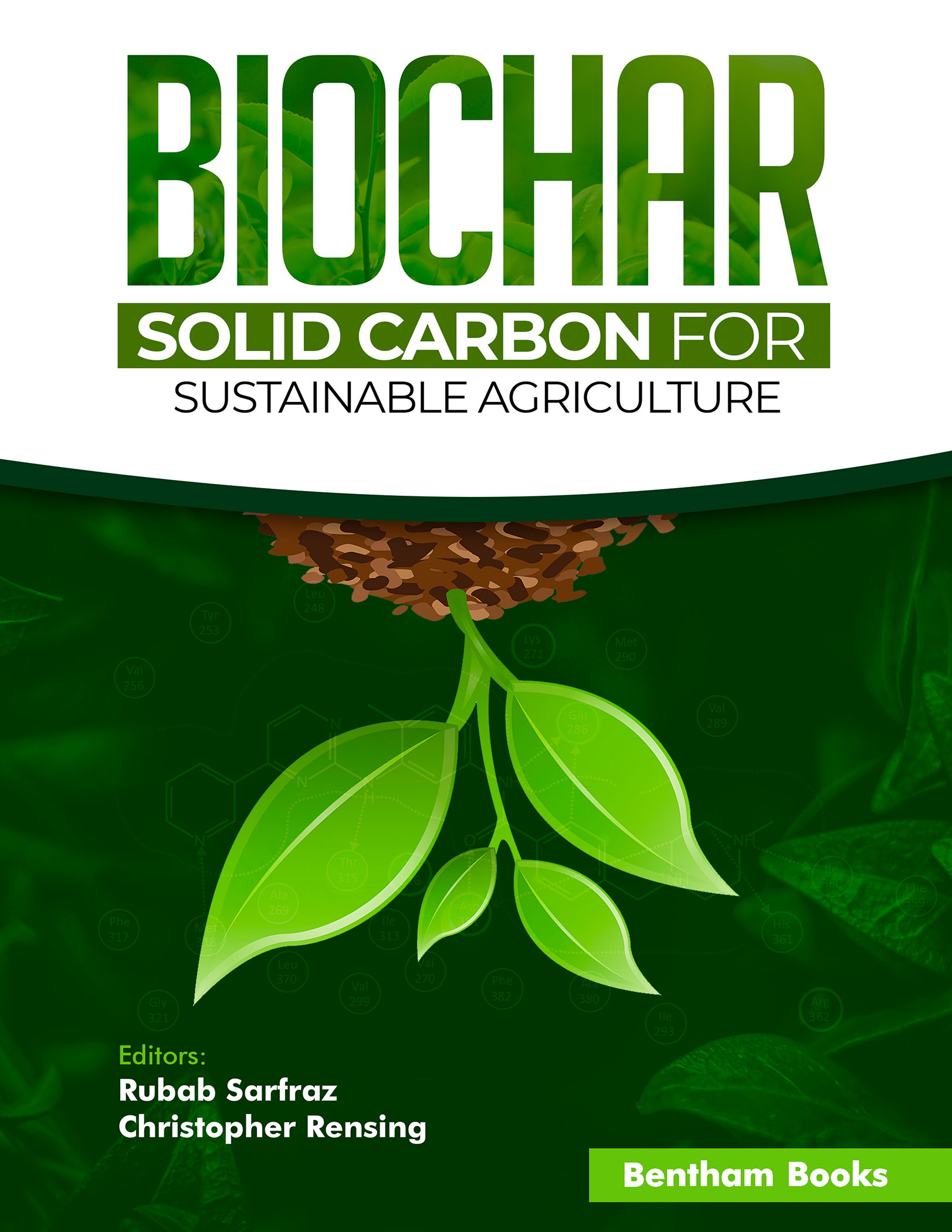The Science of Biochar Production: Understanding the Formation and Characteristics of Biochar

- Authors: Rubab Sarfraz1, Muhammad Tayyab2, Awais Shakoor3, Muhammad Waqas Khan Tarin4, Iqra Sahar5
-
View Affiliations Hide AffiliationsAffiliations: 1 Fujian Provincial Key Laboratory of Soil Environmental Health and Regulation, College of Resources and Environment, Fujian Agriculture and Forestry University, Fuzhou, 350002, China 2 College of Crop Science, Fujian Agriculture and Forestry University, Fuzhou, 350002, China 3 Department of Environmental and Soil Sciences, University of Lleida, Avingada Alcalde Rovira Roure 191, E 25198, 25003, Spain 4 College of Forestry, Fujian Agriculture and Forestry University Fuzhou, China 5 University of the Punjab, Lahore, Pakistan
- Source: Biochar - Solid Carbon for Sustainable Agriculture , pp 1-16
- Publication Date: September 2024
- Language: English
The Science of Biochar Production: Understanding the Formation and Characteristics of Biochar, Page 1 of 1
< Previous page | Next page > /docserver/preview/fulltext/9789815238068/chapter-1-1.gif
Mineral fertilizers have been associated with the accelerated decomposition of organic matter in the soil. This rapid decomposition primarily affects organic materials such as plant residues and other organic substances present in the soil. Biochar, produced by the pyrolysis of biomass, offers a sustainable solution to enhance soil fertility and crop productivity. Biochar has a one of a kind potential to improve soil health and counteract global climate change. Its distinct qualities, such as high carbon content and the potential to promote soil health, make it an efficient, environmentally friendly and cost-effective material for overcoming global food security and increasing temperatures. Biochar can be produced using a variety of biomass materials and at various temperatures, resulting in a wide range of variations in the final product. Because of variations in its physicochemical attributes, such as microporosity, surface area and pH, biochar can be customized for specific applications. The pyrolysis temperature, heating rate, residence time, and biomass used during production all have a strong influence on the structural configuration and elemental composition of biochar. According to research, biochar produced at high pyrolysis temperatures has high ash, phosphorus, and potassium concentrations. Furthermore, many important macro and micronutrients, such as calcium, magnesium, iron, and zinc, have been found to be positively associated with increasing temperature. Biochar produced at low pyrolysis temperatures, on the other hand, provides relatively more available nutrients in the soil and can help to reduce carbon dioxide emissions. Biochar produced at high pyrolysis temperatures has a stronger affinity for organic contaminants due to its increased surface area, hydrophobicity, microporosity, high pH, and low dissolved organic carbon. It is important to note that the properties of biochar should be thoroughly assessed before application due to the wide variability of biomass resources and pyrolysis conditions. Furthermore, biochar production should be tailored to the intended application in soil to maximize its efficacy.
-
From This Site
/content/books/9789815238068.chapter-1dcterms_subject,pub_keyword-contentType:Journal105

